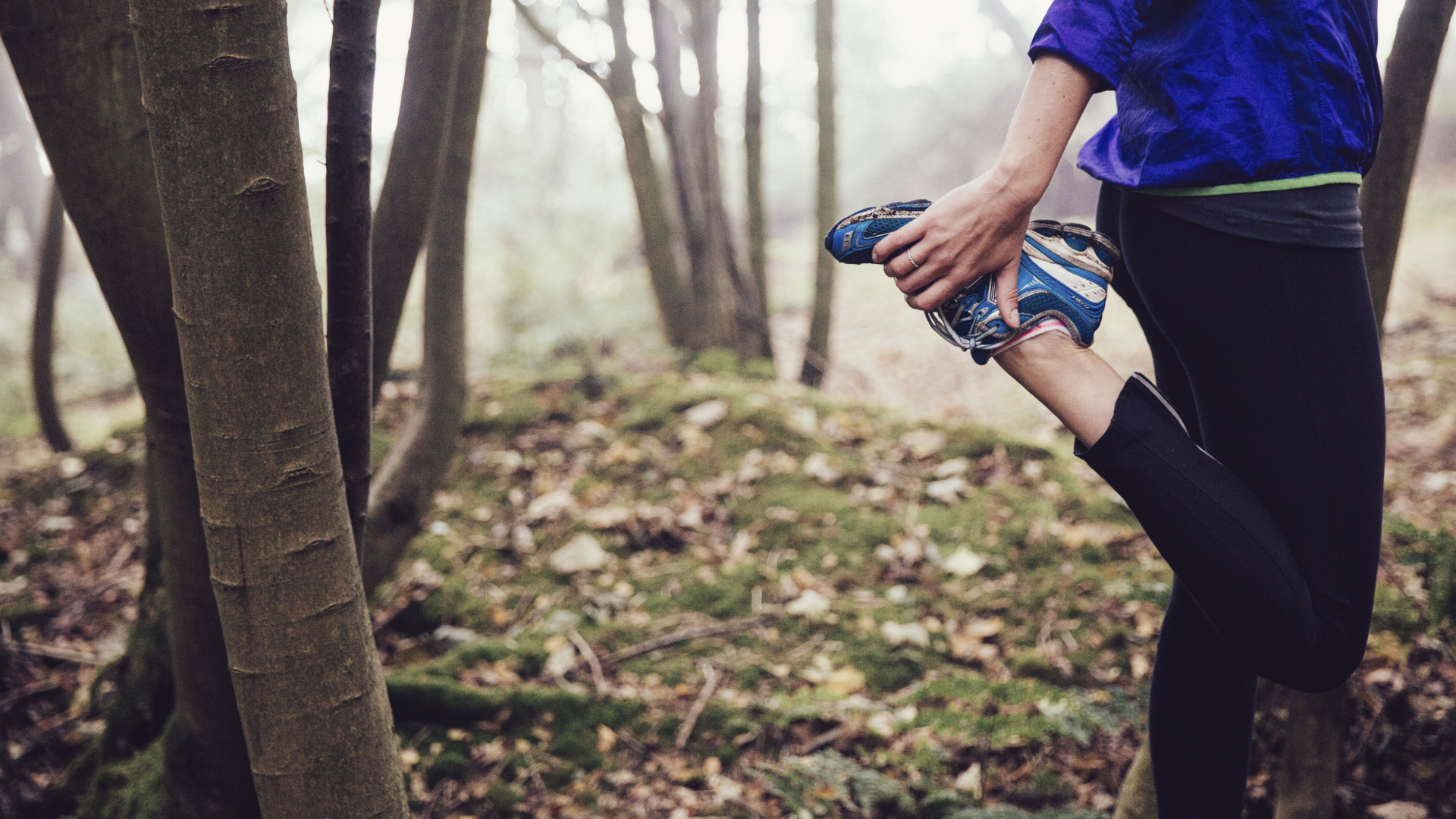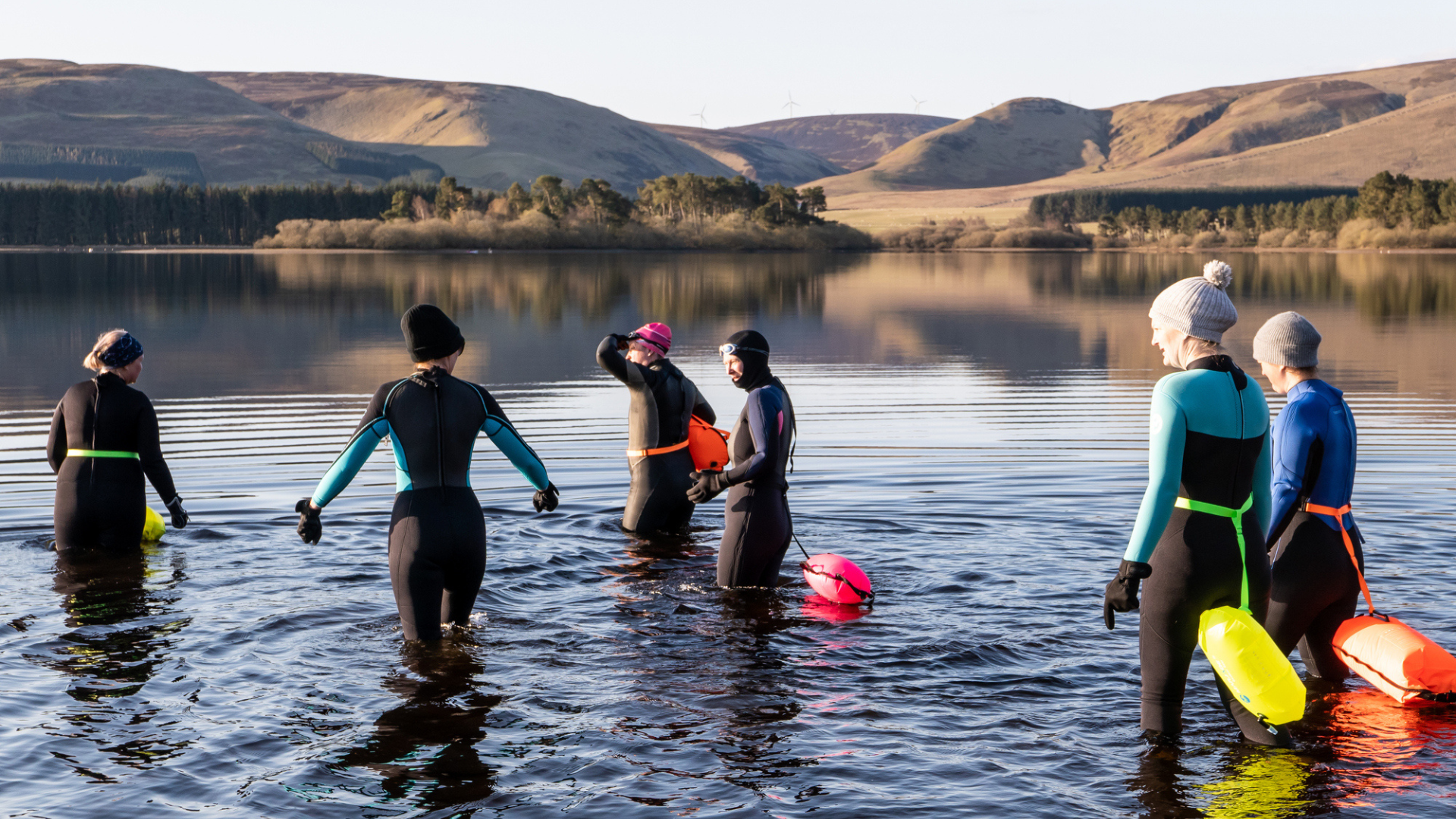Is running good for you? We look at the pros and cons of running for health
Is running the ultimate in aerobic exercise, or does it destroy your joints? We weigh in on the ongoing debate

The question ‘is running good for you?’ is one that’s been gathering steam over the years as more and more people take up running for health reasons. Proponents champion its benefits such as improved cardiovascular health, stronger muscles and the highly praised mental health perks, while critics say it can actually be damaging to your heart, lungs and joints. So is running good for you, or is it in fact deleterious to your health?
The truth is, it’s not a simple yes or no question and answering it requires you to ask lots of other questions, such as who are you? What kind of running are you doing? What type of surfaces are you running on and and what kind of shoes are you wearing?
While we can’t provide an exact answer to a question with so many variables, we have set out to debunk some myths about running and explore some aspects that will help you make an informed choice about whether to lace up those running shoes or find a different sport.

So, is running good for you?
From a general health perspective, running can offer excellence when it comes to cardiovascular fitness. It keeps your heart elevated for a sustained period which over time means your system gets more efficient at supplying your muscles with oxygen. According to the American Heart Association, the benefits of increased cardiovascular fitness include reduced body weight, blood pressure, cholesterol and insulin sensitivity.
However, a 2018 study conducted by the Radboud Institute for Health Sciences in the Netherlands found cardiovascular damage was associated with high volume, high intensity and long term running. In other words, yes you can do too much of a good thing.
In addition to details such as how long and how often you’re running for, another important aspect to factor in here would be your pre-existing cardiovascular health. If you’re looking to take up running a bit later in life, having a physical before you begin might not be a bad idea.

The other big physical aspect that is often debated when it comes to running is its impact on your joints, in particular your knees. Critics of running suggest that all that pavement pounding wears away at the cartilage that provides important padding for your knee joints leaving you with arthritis later in life, while proponents claim that keeping your muscles strong by running actually takes the strain off your joints, and the repetitive movement helps lubricate the synovial joints, including your ankles, knees and hips.
Advnture Newsletter
All the latest inspiration, tips and guides to help you plan your next Advnture!
According to the Cleveland Clinic, the most common running injuries are actually repetitive stress conditions like plantar fasciitis and achilles tendonitis rather than joint conditions. These you may be able to offset with different footwear, which you might want to read about in our article on ‘drop’ in running shoes, which discusses how different shoes may be needed for different surface types.
What kind of surface are you running on?
This brings us to our next important question: what kind of surface are you running on, and does that matter? Here, critics might argue that while humans may be built for running, we weren’t meant to run on concrete. Rather than absorbing the impact of each footstep the way a soft trail does, there’s a theory that concrete sends the shock right back up into your body to be absorbed by your rapidly degrading cartilage.
It seems to make sense that running on a harder surface would be tougher on your joints, but according to Pain Science, there’s never actually been a conclusive study done on the long term effects of running on concrete on your joints versus that of running on soft surfaces. Anecdotally, lots of people run on concrete for decades and have no joint concerns, so again there might be better questions to ask instead, such as are you wearing the right footwear?
Are you wearing the right footwear?
Footwear and running is another area that raises more questions than it answers, and according to Runner’s World, there isn’t conclusive data on how much footwear actually impacts injury occurrence. While some people profess that a thicker sole offers more protection, runners at the other end of the spectrum advocate for barefoot running shoes as the most natural and least injurious. Ultimately, there doesn’t seem to be one particular style of footwear that’s best for injury-free running, rather what’s important is knowing how you run.

Do you know your running form?
In addition to what surface you’re running on, you’ll want to study your own running form to learn about your running gait and stride to understand things like which part of your foot hits the ground first. Heel strikers may want a shoe with a thicker heel while toe strikers can wear shoes with a flatter sole. Getting a gait analysis at a running shop can help you figure this out if you’re not sure, then they’ll be able to recommend the best type of shoe for you. You could take this even further by attending a running class with a running coach where you can learn techniques for maintaining fitness without injury.
Make running good for you by doing it in moderation
As we mentioned previously, there’s a big difference between going for a 30-minute easy jog three times a week and doing the strenuous training required for an ultra-marathon. The latter is the type of running that has been correlated with adverse effects on your cardiovascular system, while moderate running is generally recommended.
Now if you’re a professional athlete, you may be willing to accept some of the risks associated with endurance training in return for excelling at your sport, but for the general population it seems safe to say that one of the best things you can do to make sure running is good for you is to do it in moderation.
Moderation will look different to different body types and abilities, but as a launching off point, the CDC suggests that about 30 minutes of moderate intensity exercise like running and walking is good for most individuals each day. That said, you do want to give your body time to recover and one of the most recommended practices is to mix up your training, so perhaps run three times a week and do a different activity on the other four days.

According to outlets like Runner’s World, it’s true that some running injuries come from increasing your distance too quickly, so if you’re newer to running, easing in is a good idea to minimize the risk of injury. There’s no hard and fast rule for easing in, but starting from scratch a good 8-week training protocol might look like:
- Week 1: alternate 1 minute easy running with 1 minute walking 10x
- Week 2: alternate 2 minutes easy running with 1 minute walking 5x
- Week 3: alternate 3 minutes easy running with 1 minute walking 5x
- Week 4: alternate 4 minutes easy running with 1 minute walking 5x
- Week 5: alternate 4 minutes easy running with 30 seconds walking 5x
- Week 6: alternate 5 minutes easy running with 30 seconds walking 4x
- Week 7: alternate 10 minutes easy running with 30 seconds walking 2x
- Week 8: begin 20 minutes continuous minutes slow-moderate running
At the beginning of your third month, if you want to increase your duration you could add a couple of minutes each week, giving your body time to adapt to each new stage.
In conclusion, the answer seems to be that for the most part, running is good for you if you do it in the right way for you. If you do a little research, commit to good form and don’t overdo it, you not only avoid injury but you can also reap the massive mental health benefits of running which according to researchers at Johns Hopkins Medicine include improved memory and focus, better mood and task-switching ability. Now running isn’t the only way to enjoy these benefits, but we think it’s certainly a solid argument for doing it.
Julia Clarke is a staff writer for Advnture.com and the author of the book Restorative Yoga for Beginners. She loves to explore mountains on foot, bike, skis and belay and then recover on the the yoga mat. Julia graduated with a degree in journalism in 2004 and spent eight years working as a radio presenter in Kansas City, Vermont, Boston and New York City before discovering the joys of the Rocky Mountains. She then detoured west to Colorado and enjoyed 11 years teaching yoga in Vail before returning to her hometown of Glasgow, Scotland in 2020 to focus on family and writing.

